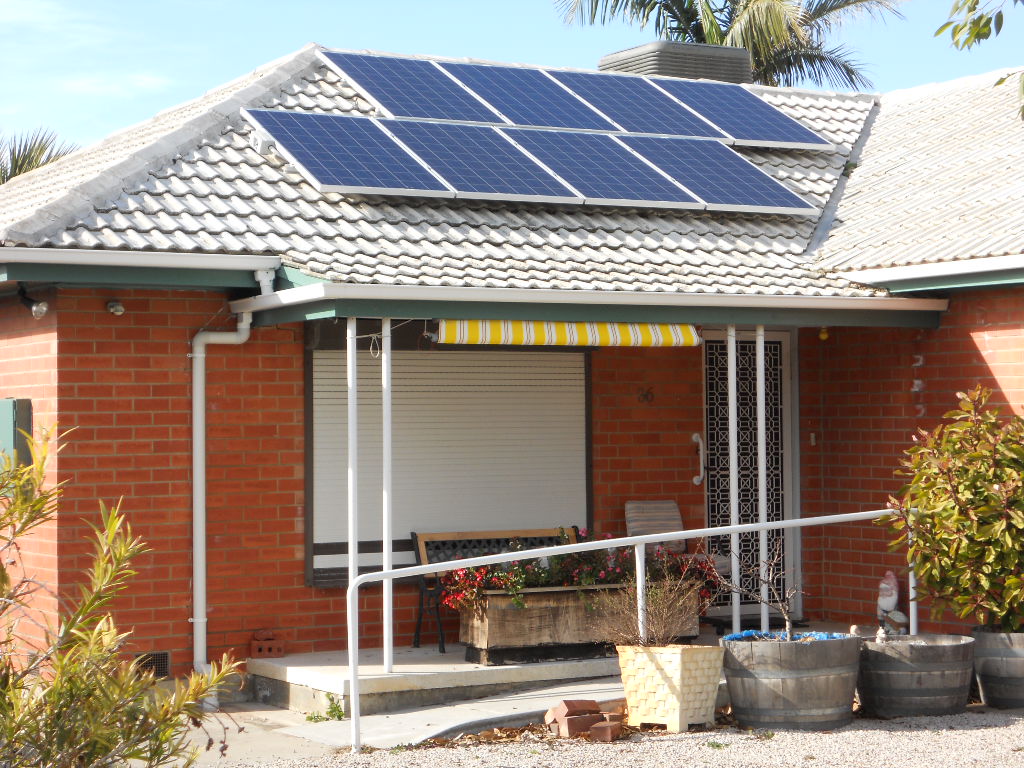Exploring the pros and cons of solar roof tiles for city homes is essential for urban dwellers considering a sustainable energy solution. Did you know that solar roof tiles can blend seamlessly with traditional roofing materials, offering an aesthetic advantage over conventional solar panels? This article delves into the advantages and disadvantages of adopting solar roofing technology in urban settings, providing homeowners with the information needed to make an informed decision about harnessing the sun's power for their homes.
The advent of solar roof tiles has marked a significant milestone in the quest for energy-efficient building solutions. These innovative tiles not only serve as a protective layer for buildings but also as a source of clean, renewable energy. In urban settings, where the demand for energy is perpetually high, solar roof tiles have shown a promising potential to reduce energy bills significantly. By harnessing the power of the sun, these tiles convert sunlight into electricity, thereby decreasing the reliance on conventional energy sources and reducing utility costs. The efficiency of solar roof tiles in urban environments is further enhanced by their ability to capture sunlight from various angles, thanks to the architectural diversity of urban landscapes. This efficiency translates into cost savings for homeowners and businesses alike, making solar roof tiles an economically viable option for energy generation in cities.
Solar roof tiles have not only been celebrated for their functional benefits but also for their ability to integrate aesthetically into urban landscapes. Unlike traditional solar panels, which can be bulky and visually intrusive, solar roof tiles are designed to blend seamlessly with the architectural aesthetics of buildings. Manufacturers have made significant strides in creating tiles that mimic the appearance of traditional roofing materials such as slate, clay, and even wood shingles. This attention to aesthetics ensures that buildings equipped with solar roof tiles retain their charm and character, enhancing the visual appeal of urban environments. Furthermore, the versatility of solar roof tiles in design and color enables architects and builders to incorporate them into a wide range of architectural styles, from historic renovations to modern constructions, thus enriching the urban aesthetic rather than detracting from it.
For those considering the switch to sustainable energy, the U.S. Department of Energy provides comprehensive insights, including the benefits of reduced carbon footprint and potential savings, as well as the challenges such as initial costs and installation requirements. For more detailed information, visit their page on solar technologies at energy.gov/eere/solar/solar-energy-technologies-office.

The installation of solar roof tiles in densely populated urban areas presents a unique set of challenges. Unlike traditional solar panels, solar roof tiles require a complete replacement of the existing roofing material, which can be a complex and time-consuming process. This complexity is further amplified in urban settings where buildings are often closely packed, and roof structures vary widely in style, age, and condition. Accessibility for the heavy machinery needed for installation can also pose a significant challenge, requiring careful planning and coordination.
Maintenance of solar roof tiles is another critical aspect that must be carefully considered. While these tiles are designed to be durable and long-lasting, they are not immune to the wear and tear typical of urban environments. Pollution, debris, and extreme weather conditions can affect their efficiency and longevity. Regular maintenance checks are essential to ensure that the tiles are clean, damage-free, and operating at optimal efficiency. This maintenance requires skilled professionals who are familiar with the technology and can navigate the complexities of working on urban rooftops.

The adoption of solar roof tiles plays a significant role in advancing urban sustainability and minimizing environmental impact. By converting sunlight into electricity, these tiles reduce reliance on fossil fuels, thereby cutting down greenhouse gas emissions and contributing to the fight against climate change. Moreover, solar roof tiles are designed to have a long lifespan, often matching or exceeding that of traditional roofing materials, which means less waste is generated over time. However, it's essential to consider the energy and resources required for their production and eventual recycling or disposal. While the environmental benefits of reducing carbon footprints and promoting renewable energy sources are clear, ongoing research and development are crucial to addressing the lifecycle impact of these innovative roofing solutions and ensuring they offer a net positive effect on both local and global ecosystems.
Immerse yourself in architecture’s most boundary-pushing ideas—where innovative home improvements meet visionary urban developments. Discover new building techniques, materials, and creative concepts that are redefining how we shape our spaces on a global scale.